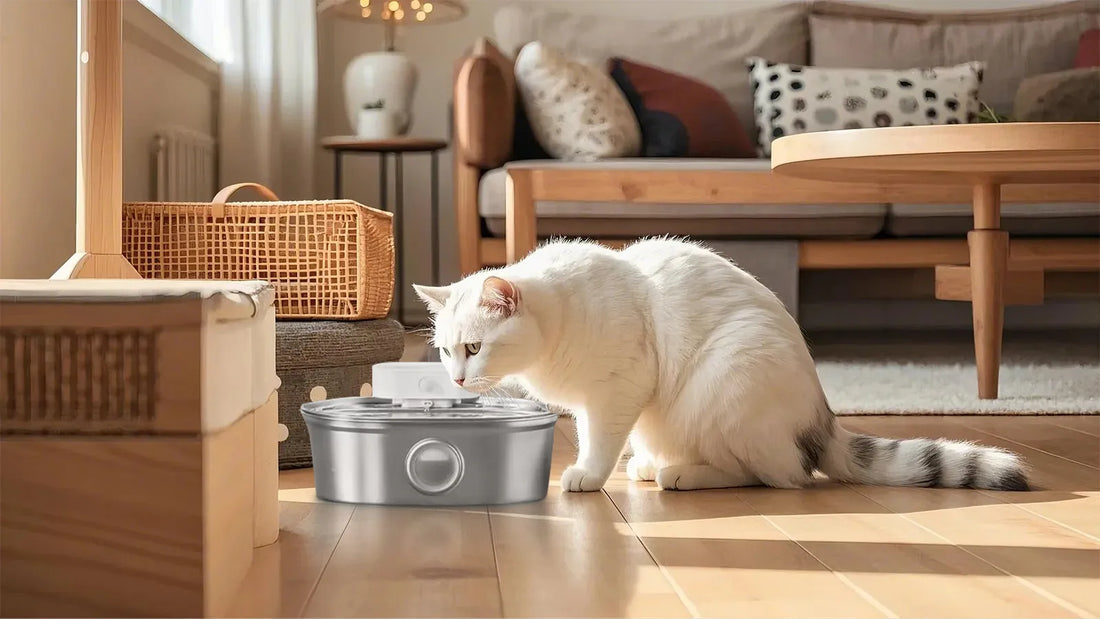If you've noticed that your cat doesn't want to play anymore, it can be concerning and even a little heartbreaking. Cats are naturally curious and playful creatures, so a sudden lack of interest in their favorite toys or activities can signal that something is amiss. Understanding the reasons behind this change in behavior is the first step toward helping your feline friend regain their zest for life.
Common Reasons Why Your Cat Doesn't Want to Play
There are several factors that could contribute to your cat's disinterest in play. Here are some of the most common reasons:
1. Health Issues
One of the primary reasons your cat may not want to play is due to underlying health problems. Conditions such as arthritis, dental issues, or even infections can cause discomfort or pain, making it difficult for your cat to engage in physical activities. If you notice other symptoms like lethargy, changes in appetite, or unusual behavior, it's essential to consult a veterinarian for a thorough check-up.
2. Age-Related Changes
As cats age, their energy levels and interest in play naturally decline. Senior cats may not have the same stamina or enthusiasm for play as they did in their younger years. While this is a normal part of aging, it's still important to provide gentle stimulation and activities that cater to their current abilities.
3. Stress or Anxiety
Cats are sensitive creatures, and changes in their environment or routine can lead to stress or anxiety. This could be due to a new pet, a move to a new home, or even changes in your schedule. Stress can manifest in various ways, including a lack of interest in play. Identifying and addressing the source of stress can help your cat feel more comfortable and secure.
4. Boredom or Lack of Stimulation
If your cat has been playing with the same toys or engaging in the same activities for an extended period, they may simply be bored. Cats need mental and physical stimulation to stay engaged and happy. Introducing new toys, rotating their playthings, or creating new interactive experiences can help reignite their interest.
5. Overstimulation
On the flip side, too much stimulation can also lead to a lack of interest in play. If your cat is constantly bombarded with toys, noises, or interactions, they may become overwhelmed and choose to retreat. Finding a balance between stimulation and relaxation is key to keeping your cat engaged.
How to Encourage Your Cat to Play Again
Once you've identified the potential reasons behind your cat's disinterest in play, you can take steps to encourage them to become more active and engaged. Here are some practical tips:
1. Schedule Regular Playtime
Consistency is important when it comes to playtime. Set aside specific times each day to engage with your cat. This not only provides them with something to look forward to but also helps establish a routine that can reduce stress and anxiety.
2. Introduce New Toys and Activities
Variety is the spice of life, and this holds true for your cat as well. Introduce new toys that cater to their natural instincts, such as toys that mimic prey or those that encourage hunting and pouncing. Puzzle toys that dispense treats can also provide mental stimulation and keep your cat entertained.
3. Create a Stimulating Environment
Your cat's environment plays a significant role in their overall well-being. Ensure they have access to climbing structures, scratching posts, and cozy resting spots. Window perches that allow them to observe the outside world can also provide mental stimulation and entertainment.
4. Use Interactive Play Techniques
Interactive play can be a great way to bond with your cat and encourage them to be more active. Use toys that require your participation, such as feather wands or laser pointers, to engage your cat in a game of chase or pounce. Remember to let your cat 'catch' the toy occasionally to keep them motivated.
5. Monitor Their Health
Regular veterinary check-ups are crucial to ensure your cat is in good health. If you suspect that a health issue is affecting their playfulness, consult your vet for a thorough examination and appropriate treatment. Addressing any underlying health concerns can significantly improve your cat's quality of life.
When to Seek Professional Help
If you've tried various strategies to encourage your cat to play and they still show no interest, it may be time to seek professional help. A veterinarian or a feline behaviorist can provide valuable insights and recommendations tailored to your cat's specific needs. They can help identify any underlying issues and develop a plan to address them effectively.
Remember, every cat is unique, and what works for one may not work for another. Patience and persistence are key as you work to understand and support your feline friend. By addressing the root cause of their disinterest and providing the right environment and stimulation, you can help your cat rediscover the joy of play and strengthen your bond in the process.
Seeing your cat lose interest in play can be worrisome, but with the right approach, you can help them regain their playful spirit. Whether it's addressing health concerns, reducing stress, or introducing new activities, there are many ways to support your cat's well-being. By taking the time to understand their needs and providing a stimulating environment, you can ensure your feline friend remains happy, healthy, and engaged in the activities they once loved.

![[🎃Halloween Sale]UAHPET Stainless Steel Self-Cleaning Cat Litter Box](http://www.uahpet.com/cdn/shop/files/1-cat-litter-box.jpg?v=1759128420&width=1600)












